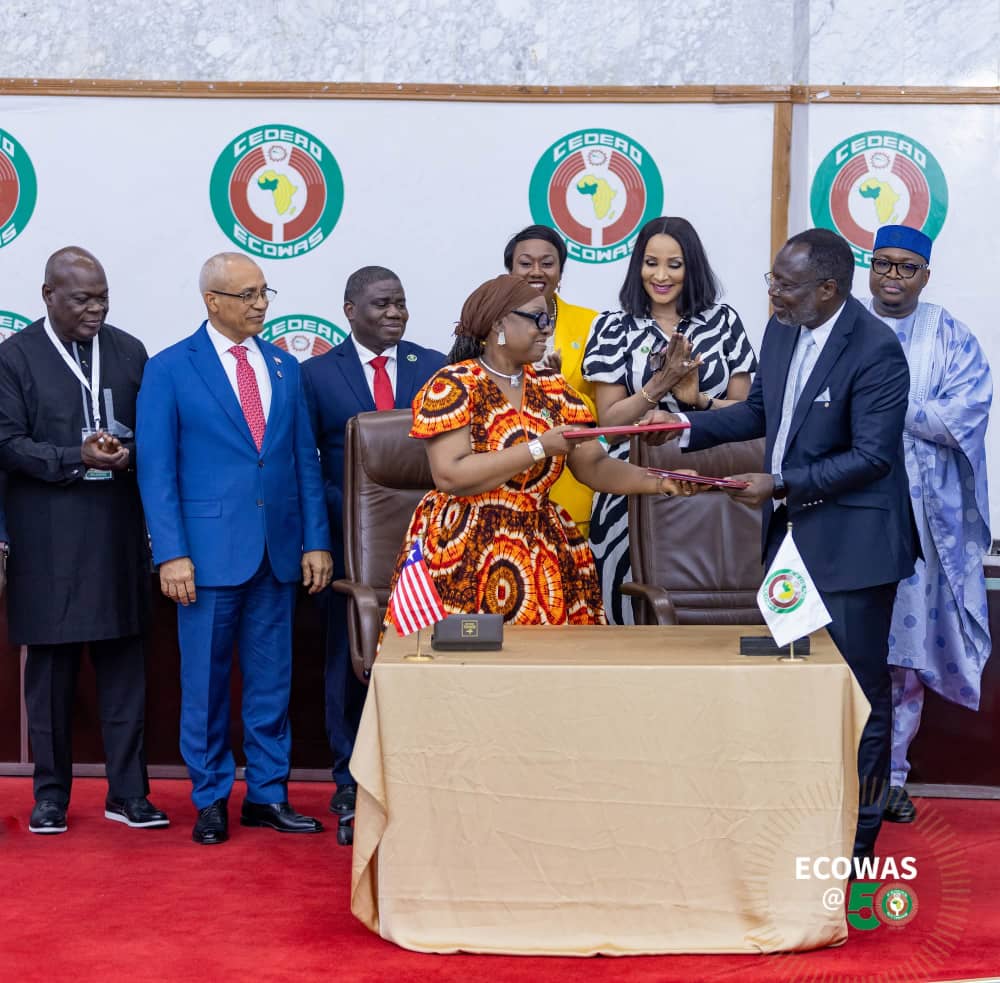Content
- Why are 5 Stages of Team Development Essential?
- The Forming–Storming–Norming–Performing model of group development was first proposed by Bruce Tuckman in 1965.
- Stage 4: The Performing Stage
- How to recognize this stage
- Team Norms and Cohesiveness
- Mourning or Adjourning
- Forming, the first stage of team development:
- How to optimize your calendar for this stage
Sometimes also called the termination, mourning, or ending stage, most, if not all, of the goals of the team have been accomplished. The project as a whole is being wrapped up and final tasks and documentation are completed. As the workload becomes smaller, it’s common for team members to be taken off the assignment and delegated to a new project.
LA SUITE APRÈS LA PUBLICITÉ
Project guides will be ready for this, and will help the team get back to Performing as quickly as possible. In the norming stage, team members start to offer new ideas and suggestions. Problem solving becomes four stages of group development a core part of the process of collaboration, and members take responsibility for their outcomes. The team utilizes all resources to meet milestones, and team members step up to support each other.
Why are 5 Stages of Team Development Essential?
Members are discreet with their behavior, which is driven by their desire to be accepted by all members of the group. Bruce Tuckman presented a model of five stages Forming, Storming, Norming, and Performing in order to develop as a group. Forming activities include abstract discussions of the concepts and issues; some members will be impatient with these discussions. There is often difficulty in identifying some of the relevant problems because there is so much going on that members get distracted.
Group members may have a hard time working with other groups as they had strong group dynamics with their previous team. This is the stage when things begin to settle down as your team finds their groove. As they grow more comfortable working together, team members are more comfortable asking for help completing a task or getting constructive feedback. Your team starts to increase their productivity at this stage as they become more familiar with their teammates and their working styles. Psychologist Bruce Tuckman was the first to document the different phases that teams go through as they develop. In this article, we discuss the different stages of group development and how you can guide your team through them to optimize collaboration.
The Forming–Storming–Norming–Performing model of group development was first proposed by Bruce Tuckman in 1965.
Discussion centers on defining the scope of the task, how to approach it, and similar concerns. To grow from this stage to the next, each member must relinquish the comfort of non-threatening topics and risk the possibility of conflict. In the adjourning stage, most of the team’s goals have been accomplished. The emphasis is on wrapping up final tasks and documenting the effort and results.

According to co-CEO John Mackey, they have developed a high degree of trust that results in better communication and a willingness to work out problems and disagreements when they occur. It’s easy for everyone — including you — to get in a tunnel and focus on their own lists of tasks. Make sure everyone steps back each day or week to take a look at the larger picture. As the project is waning, team members are more focused on the next opportunity than finishing the project. The high energy of collaboration and creativity slows down, as team members check out mentally. When team members change, whether a member leaves or new members join the team, the stages are often repeated.
Stage 4: The Performing Stage
When you do find a good solution or process to help resolve difficult situations, make sure you document those immediately. The team can consult this record when future problems arise and make adaptations as needed. Your teams will soon learn that conflict is not to be feared, and that they have the tools to find a productive compromise. It’s quite another for team members to understand what specific responsibilities each person has and how that fits into the larger picture.

Identify any issues between team members as early as possible to help alleviate the tension. You may want to split people up that do not work well together and restructure the project for maximum efficiency. Come prepared with relevant and fun questions to get people talking and learning about one another. When teams are forming, they are just getting to know each other.
How to recognize this stage
The five stages of team development go a long way in ensuring that your teams thrive and that conflicts are kept minimal. Initially, they might not understand each other’s expectations and roles. Even so, they’ll still need to collaborate and divide roles and responsibilities to ensure the project gets completed on time. Team development https://globalcloudteam.com/ is the structured process of bringing together a group of diverse individuals and teaching them to appreciate their differences as they work towards a shared goal. Renowned psychologist Bruce Tuckman created an easily-understood model in 1965. It illustrates how teams in different fields undergo five similar stages of group development.

This is a stage when dominant members of the group start to emerge. And while they feel confident, some other team members may want to stay in their comfort zone, preferring not to be confrontational or even express their thoughts. Charma provides One on Ones, Team Collaboration, Feedback, Recognition & Goals — all in one place. With Charma, you can guide team development remotely with intentional goal setting, online collaboration, and continuous feedback. The storming stage is where each individual’s personality and preferred way of working shows itself. Team members may also begin to test each other or their leader and try to stand out from the rest.
Team Norms and Cohesiveness
One on one meetings are key during this stage, as it’s important that each team member has a space to vent, air grievances, and work through any initial frustrations. It’s up to managers to provide this space and hear each team member out, whether in person or virtually. This Tuckman’s Team and Group Model just says these are phases a team tends to cycle through. It’s not a hard and fast – they go through Stage 1, then Stage 2. It’s more to be aware of these phases and use them to inform your leadership or coaching (and for self-management too!).
- If you’re a team leader, it’s best to remember that an overlap between the storming and norming stages may appear.
- Allow the team members to brainstorm and come up with ideas on their own.
- Best applied for teams that are very skilled, motivated and working effectively.
- The figure is a graph of team performance, plotted vertically, against time, plotted horizontally.
- The most commonly used framework for a team’s stages of development was developed in the mid-1960s by Bruce W. Tuckman.
- Get crystal-clear insights into what your team members do with their time and see which team members are overworked, and which ones can take on more.



